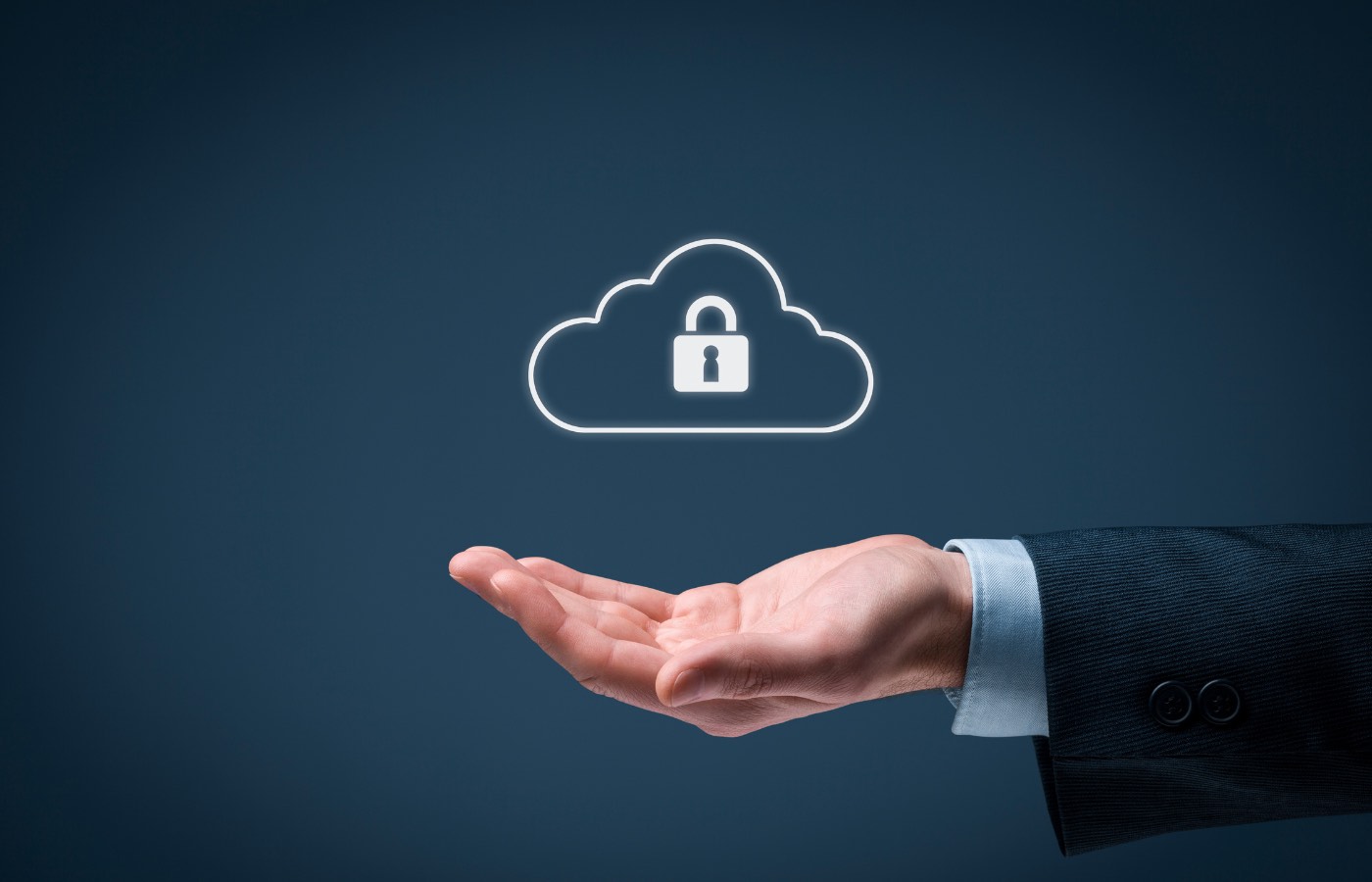Using Microsoft teams in your business? Here’s 10 top tips to make it more secure.
Microsoft Teams has become an essential tool for businesses of all sizes, providing a convenient platform for communication, collaboration, and file sharing. But, as with any online platform, security is crucial—especially for small businesses that may be more vulnerable to cyber threats. Fortunately, Microsoft Teams offers a range of features that can help strengthen security. Here’s a guide to making your Teams environment more secure and safeguarding your business data.
1. Use Multi-Factor Authentication (MFA)
Multi-factor authentication (MFA) is one of the most effective ways to protect your Microsoft Teams account. It adds an extra layer of security by requiring users to verify their identity using a second method, such as a text message or authentication app.
Tip: Ensure all team members enable MFA for their Microsoft 365 accounts. This helps prevent unauthorised access even if a user’s password is compromised. Setting up MFA is straightforward and can be managed through the Microsoft 365 admin centre.
2. Manage access with role-based permissions
Not every employee needs access to all data and functionalities within Teams. Role-Based Access Control (RBAC) lets you assign specific roles to users and restrict access to sensitive information or features depending on their responsibilities.
Tip: Regularly review who has access to what within Teams and audit permissions as roles change. Assign different roles like owner, member, or guest based on the level of access needed. This limits the risk of accidental data leaks or unauthorised access. It is also wise to regularly review permissions and have a process in place to change them when users move roles within the organisation.
3. Limit guest access
Microsoft Teams allows external users to join meetings or collaborate on files. But guest access can pose a security risk if not managed carefully. Limit guest access only to those who need it and ensure appropriate controls are in place.
Tip: Disable guest access by default and only enable it for trusted collaborators. When guest access is required, use the "External Access" feature to allow specific domains or email addresses only.
4. Configure sensitivity labels
Sensitivity labels allow you to classify and protect data based on its level of sensitivity. By applying sensitivity labels to teams, channels, and documents, you can ensure that sensitive information is protected.
Tip: Define DLP policies that apply to messages, files, and other content shared in Teams. These policies should reflect the sensitive data your business handles, ensuring that compliance requirements are met and preventing unintentional data exposure.
5. Use end-to-end encryption for meetings
Microsoft Teams offers end-to-end encryption (E2EE) for 1:1 voice calls, ensuring conversations remain private. While this feature isn’t available for all meetings yet, enabling it for your most sensitive discussions adds an extra layer of protection.
Tip: Enable E2EE for calls involving sensitive information, like client contracts or financial details. Keep an eye on Microsoft’s updates, as this feature is continually expanding to include more types of communication.
6. Control meeting options
When setting up meetings in Microsoft Teams, there are various settings to ensure only authorised people can join, speak, present, or access recordings. This prevents unauthorised individuals from disrupting your sessions or accessing sensitive information.
Tip: Use the "Lobby" feature to hold participants until the meeting organiser allows them in, ensuring only the intended attendees are present. Adjust settings to control who can present or record and restrict screen sharing to avoid unintended disclosures.
7. Monitor and audit activity
Microsoft Teams integrates with Microsoft 365’s security and compliance centre, offering audit logs and reports on user activity. Regularly reviewing these logs can help you detect any unusual behaviour, like unauthorised access or suspicious file sharing.
Tip: Set up automated alerts to notify you of unusual activity, such as logins from unknown devices or locations. Regularly review these logs to ensure all activities within Teams align with your security policies.
8. Secure file sharing
Teams makes file sharing easy, but it’s crucial to ensure that shared files are secure and only accessible to the right people – especially when dealing with sensitive business data or intellectual property.
Tip: Use SharePoint and OneDrive’s file permissions when sharing files in Teams. Share files with specific people rather than giving general access to a group. You can also disable file sharing for guests or external users in sensitive channels.
9. Regularly update and patch software
Keeping Microsoft Teams and all related software (like Microsoft 365) up to date is essential for maintaining security. Updates often include patches for vulnerabilities that, if left unaddressed, could be exploited by hackers.
Tip: Enable automatic updates for Teams and other Microsoft 365 tools. Regularly check that all devices used by your team—whether computers or mobile devices—are running the latest software versions to prevent security loopholes.
10. Provide security awareness training
Your team is a critical part of your security strategy. Without proper training, they may unintentionally become a weak link. Educate them on security best practices for using Teams to prevent mistakes that lead to security breaches.
Tip: Offer regular training on recognising phishing scams, managing passwords securely, and using MFA. Make sure they understand the importance of keeping sensitive conversations and documents secure in Teams, especially when working remotely.
Microsoft Teams is an excellent tool for small businesses, but it requires attention to security to protect your business from potential cyber threats. By implementing features like multi-factor authentication, data loss prevention policies, and role-based permissions, you can secure your Teams environment and minimise risks. Regularly reviewing and updating your security practices will keep your business protected as you grow.
By prioritising these security measures, you’ll not only protect your data but also give clients and employees confidence that their information is secure.

Zen Internet - Home SalesSales
01706 902573
Zen Internet - Customer EnquiriesCustomer Enquiries
01706 902001


